Guide to Using Biotechnology in Shrimp Farming
Using biotechnology in commercial shrimp farming has become an essential method in the Vietnamese shrimp industry. The role of probiotics is to stimulate the digestion process and enhance the immune system of farmed shrimp. The shrimp industry is currently facing many challenges, necessitating sustainable development strategies for long-term growth.
Before Stocking Shrimp:
Before stocking shrimp, completely drain the pond, remove the bottom sludge, and use microbial products to treat black sludge at the pond's bottom. Sun-dry the bottom for 10-15 days, and plow the pond bottom to release toxic gases like NH3 and H2S, creating favorable conditions for beneficial microorganisms in the pond bottom to thrive. Apply lime to improve the pond bottom and banks, fill the pond with water, and disinfect with non-toxic products like Vikon or low-toxicity products like Isodine. Only use Chlorine for disinfection when absolutely necessary, such as in ponds that had disease outbreaks in the previous season or are located in disease-prone areas. After 5-6 days, eliminate unwanted organisms and fertilize to create water color. For ponds where it is difficult to establish water color, use probiotics like probio. In ponds with heavily acidic bottoms, use specialized microbial products containing Thiobacillus spp. to treat the acidity. Use biological products to increase the beneficial microbial content in the pond. Check the microbial composition in the pond, and if it meets the requirements, proceed to stock the shrimp.
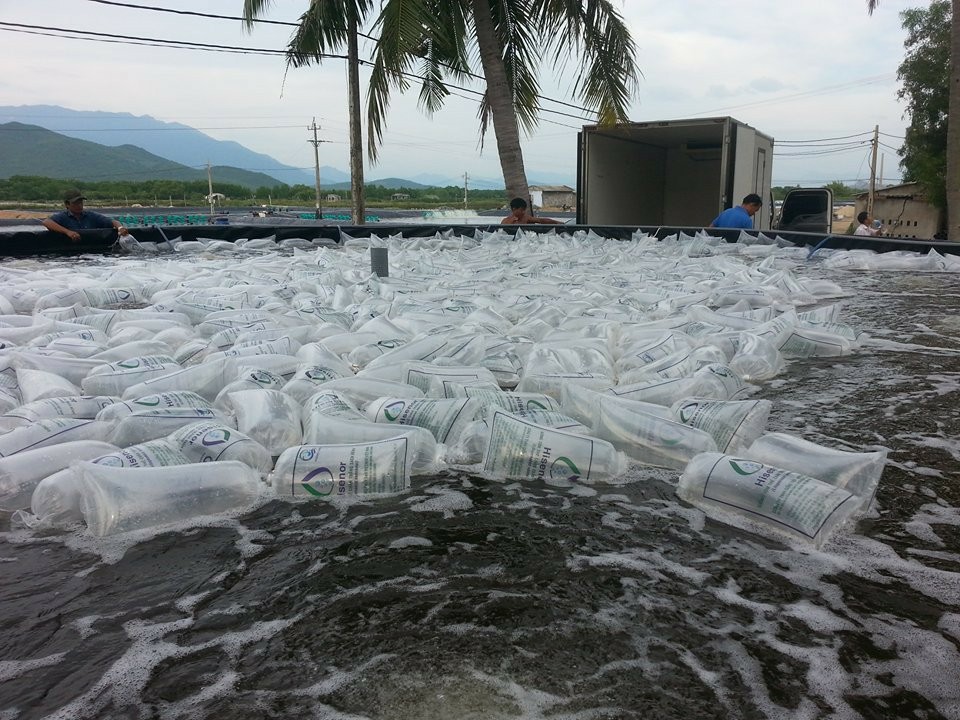
During the Farming Process:
Throughout the farming process, regularly use microbial products to treat the water environment to stabilize the population of beneficial bacteria in the pond, ensuring consistent water quality and disease prevention. Mix probiotics into the shrimp feed throughout the farming period to stabilize the gut microbiota of the shrimp, enhancing their feeding activity, improving digestion and nutrient absorption, increasing feed efficiency, and helping to prevent and treat shrimp intestinal diseases.
After Harvesting:
To ensure safety for the next season, use biotechnology to treat wastewater before discharging it into the environment after harvest. Use microbial products to treat waste at the end of the farming cycle.
Cre: Thuỷ sản Việt Nam
Ngày đăng : 15/08/2024
1532 View
Other Articles
Vietnamese shrimp and catfish choose a sustainable path in global competition
End-of-Season Shrimp Prices Reach Record Highs
Norway – Russia Reach Barents Sea Fisheries Agreement for 2026
Cà Mau strengthens traceability to enhance the competitiveness of the shrimp industry.
Cold stress: Effects on the plasma characteristics of whiteleg shrimp.
A new breakthrough in the prevention of diseases caused by the microsporidian parasite EHP in shrimp farming
Vietnam’s shrimp export outlook in the first quarter of 2026 continues to face heavy pressure from tariffs.
New England’s shrimp fishery to shut down for the long haul after years of decline
Crab exports to the United States account for more than 80%.
Thailand sets a target to increase shrimp production to 400,000 tons by 2026.
CTU-RAS: Recirculating Shrimp Farming for Sustainable Development
Vietnamese aquatic products reach new markets








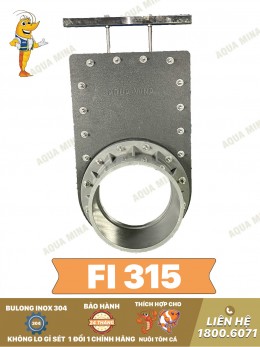
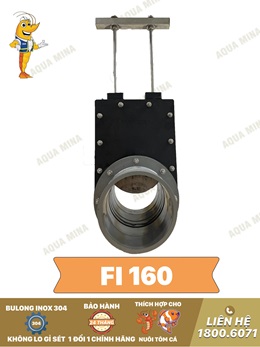

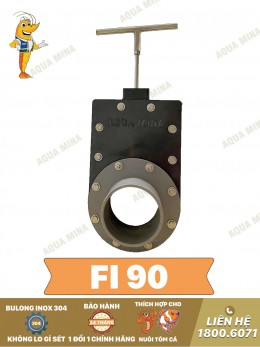
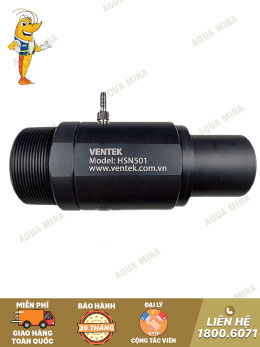
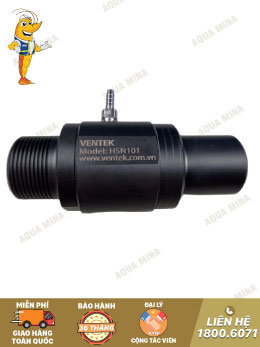
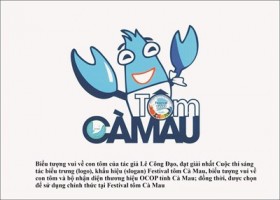
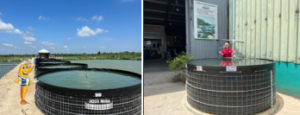
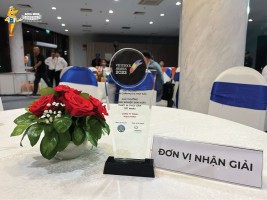
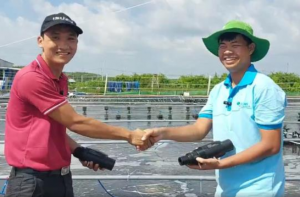
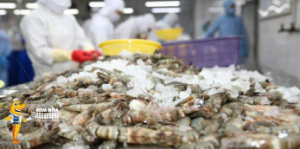
.jpg)